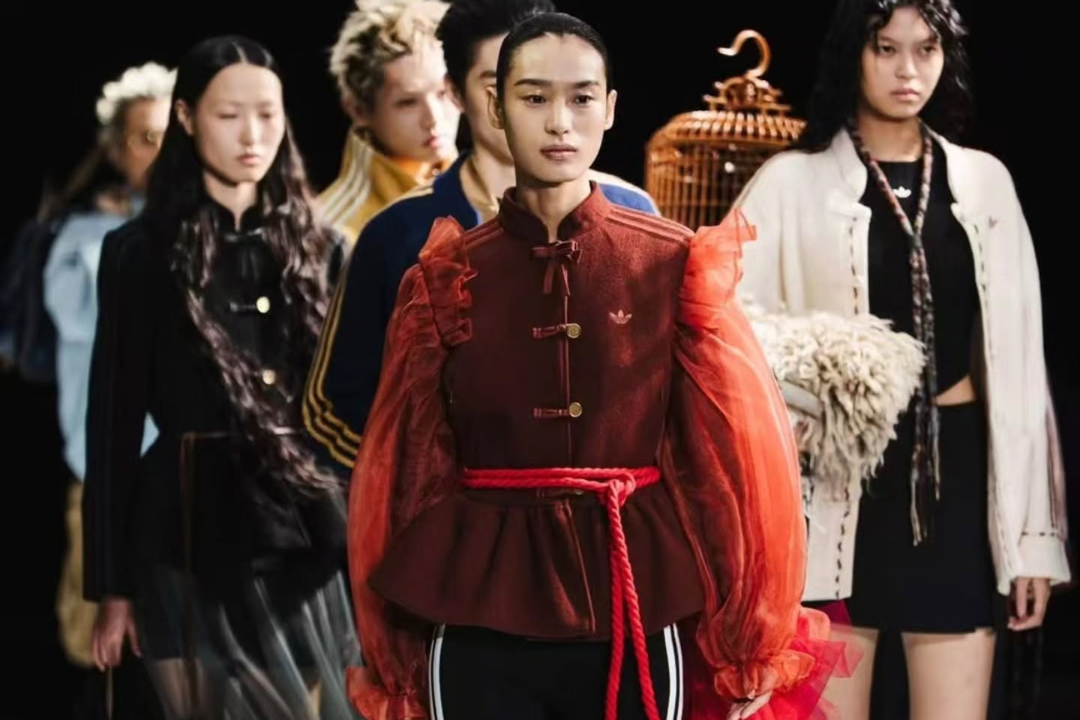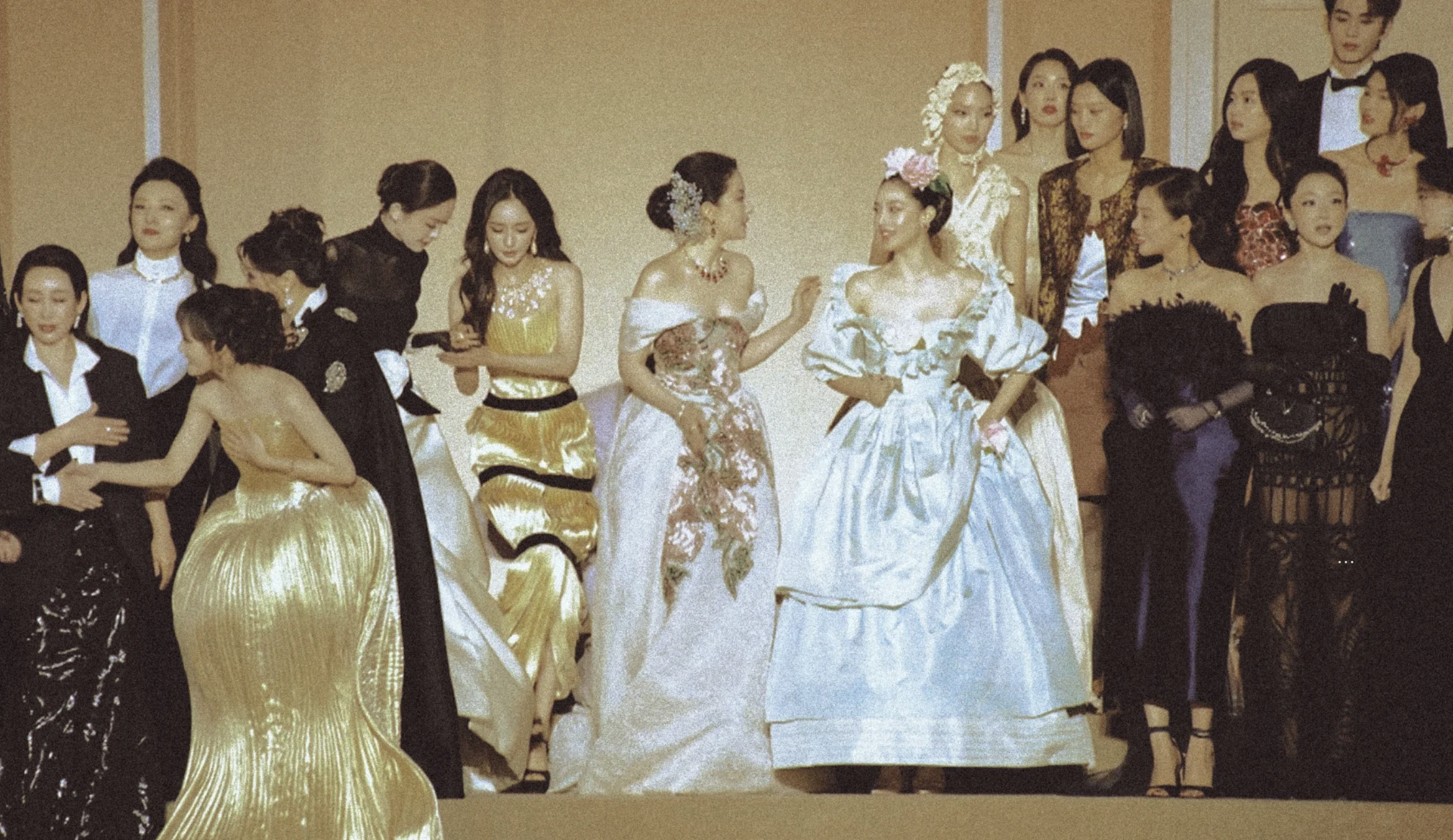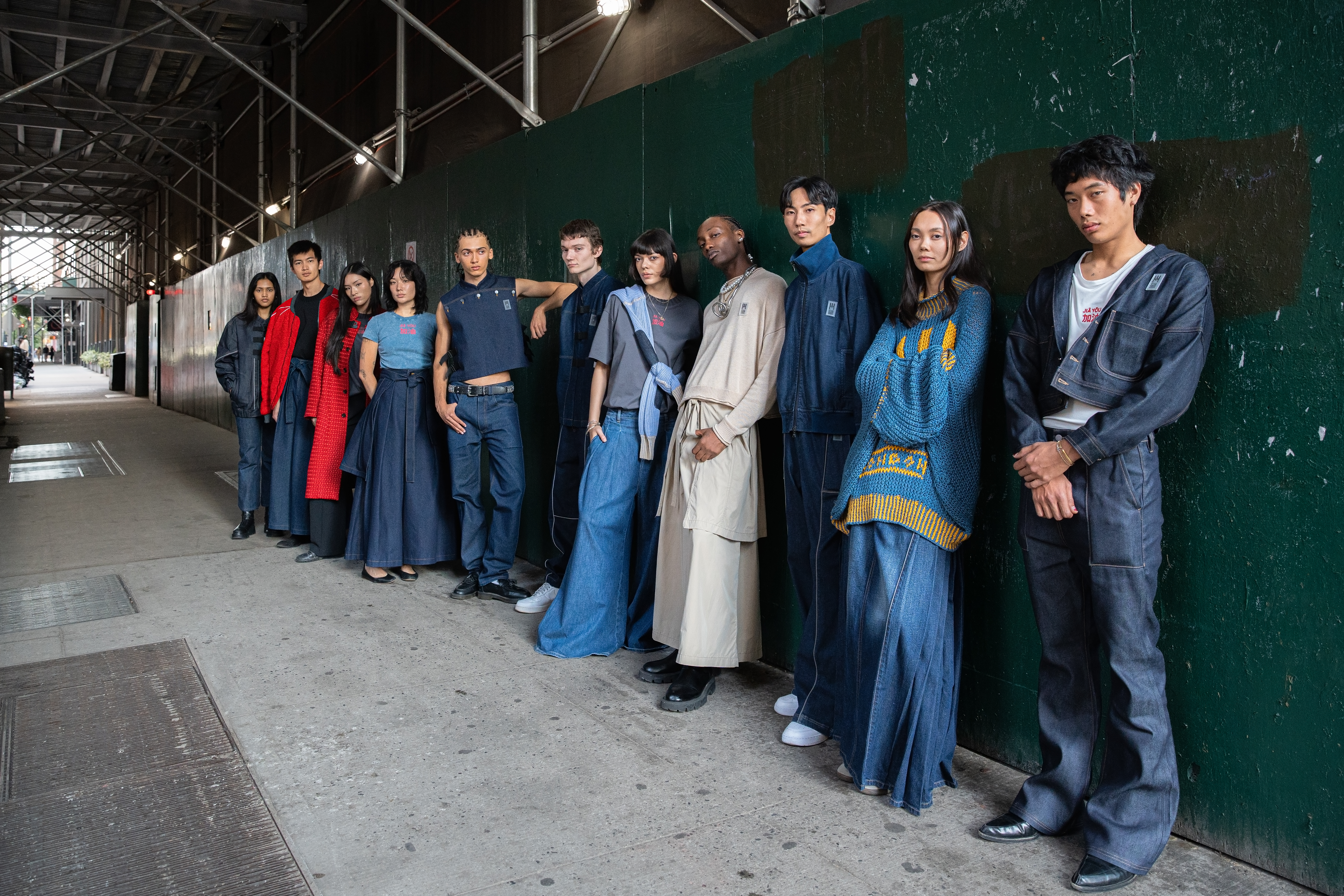Shanghai Fashion Week (SFW) — seven days of catwalking models and selfie-snapping fashionistas descending on temporary buildings just a designer stiletto’s throw from the site where The Communist Party of China held its first ever National Congress in 1921 — wrapped up earlier this week..
Greedily, the city hosts two such branded celebrations of style a year: one in spring to focus on autumn and winter looks, and one in autumn to focus on spring and summer lines. Despite dreams of major international importance, it’s hardly on a par with Paris or Milan, but it can throw up some interesting moments beyond merely providing fodder for street style snappers.

SFW has flirted with eco-friendly elements for several years now, in particular launching its GreenCode initiative this time last year, which aimed to “promote green fashion, sustainable development, green lifestyle and conceptions”, with mixed results. This year’s programs highlighting environmental issues have included a pop-up showcase of international designers with green credentials and a clothing bank surrounded by messages aiming to combat disposable fashion inside one of Shanghai’s biggest shopping malls, the Jing’an Kerry Center.
But as with last autumn’s SFW, perhaps the biggest boon for the fashion festival’s eco-conscious credentials continues to be the presence on its runways of lines from Beijing-born, Shanghai-based designer Zhang Na (张娜).

Zhang Na (in black, left of the chair) at SFW last week
Through her brands Fake Natoo — which turns 10 this year — and Reclothing Bank, Zhang is on a mission to challenge the traditionally wasteful nature of the fashion industry, and is helping spearhead attempts to get Chinese consumers to consider the environment when shopping for their new outfit. Such efforts are especially pertinent in a country that, according to Forbes, is home to “over 60% of world chemical and synthetic fiber production.”
Founded in 2008, Fake Natoo has helped establish Zhang as one of China’s most-respected independent designers; launched three years later, Reclothing Bank further bolstered her reputation and marked her out for a highly eco-conscious approach. Reclothing Bank not only used “second-hand garments to re-make new designs,” but the clothes were also “made by a group of women who lost their jobs.”
“I always felt that fashion was boring and found it quite depressing,” Zhang told me last year. “But when I discovered more about sustainable fashion, it finally gave it meaning.”

Last week, she gave her Shanghai catwalk show more meaning than the average, not only through her display of sustainable fashion but also through her use of “every day people” as models. Working with contemporary theater group XiaoKe x ZiHan, Zhang introduced her lines with migrant workers, young transient families, and retirees to reflect that,
“The city where we live is also an organic ecological environment where diverse values and diverse lifestyles converge. People of different backgrounds live here harmoniously in an organically formed way, and find an order of life in seemingly unordered ways.”
It could have easily come off as pretentious, but stating that its central aims were to foster “appreciation” and “respect” the show was actually sensitively handled, with the stories of each of the “models for the night” told via bright white captions on black screens as they entered the runway. There was a warmth to how they were portrayed, a trait which Zhang often says is at the heart of everything she does.

As for the clothes themselves, the event was presented as a joint showcase from Fake Natoo and Reclothing Bank. As such, the items on display featured a mix of recycled fabrics and old clothing, along with natural, organic fibers and China-sourced handmade yak wool.
“By subtraction of complex fabrics, comfortable, loose, and volumetric contours are the focus of this season’s design. This season’s design removes excess fashion retouching, concentrating on everyday life, and returning fashion to the clothes themselves.”
“Myself and other independent designers in China regularly talk about environmental awareness and try to incorporate this into our designs,” Zhang told me. “But there’s often a gap between such a design approach and the actual production process; linking these two elements is really important.”

To this end, she continues to try and educate both fellow designers and consumers — outside in the main SFW hall there were displays organized with input from Zhang that examined such issues — and to push for initiatives such as a clear, universal labelling system for clothing production in China.
And of course, she continues to produce eye-catching designs, giving eco-friendly fashion a chic flag bearer in often image-conscious Shanghai.
Related:
 Photos: Shanghai’s First Ever Black Fashion Week is Breaking BarriersArticle Nov 29, 2017
Photos: Shanghai’s First Ever Black Fashion Week is Breaking BarriersArticle Nov 29, 2017
















